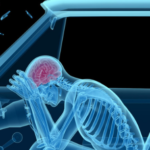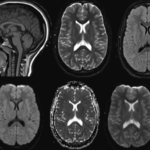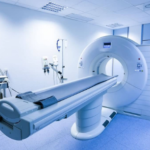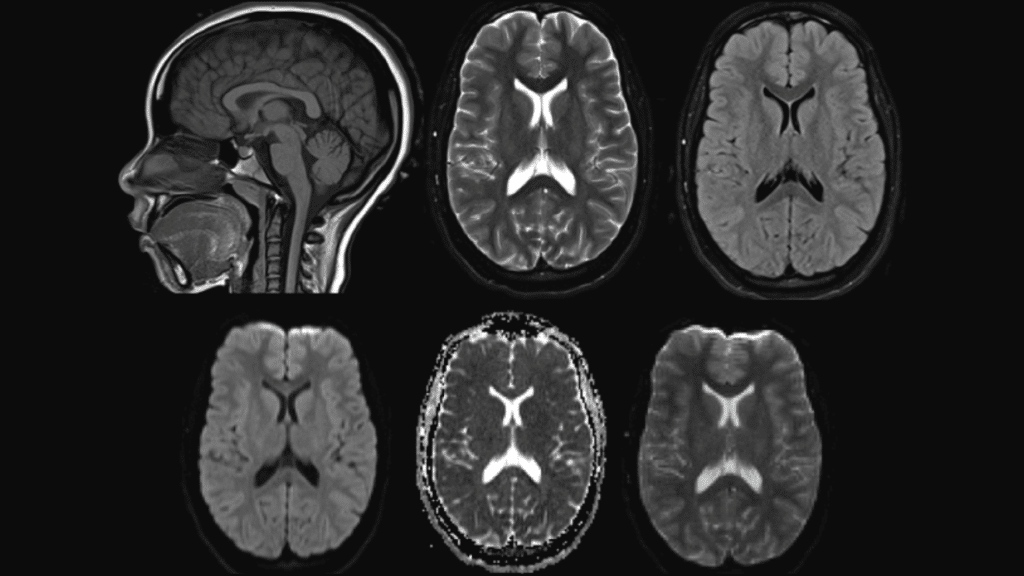CT scans and MRI scans scan similar areas of the body to diagnose injuries and internal pain, but the technology is different. Learn the advantages and limitations of each.
While both CT and MRI scans capture detailed images of the inside of the body, the technology used — and the details captured, are different.
CT Scan
Computerized Axial Tomography (CT or CAT) X-rays bones, soft tissues and blood vessels in cross sections from different angles.
Your doctor might order a CT scan to evaluate:
- Trauma
- Evaluation of the chest
- Fractures or broken bones
- Changes in soft tissue that can signal the spread of a disease
- Fever or pain of unknown origin
- Function of heart, kidneys or liver
If you are asked to get a CT scan, you must drink a “contrast agent” a few hours before your scan. This chalky-tasting liquid enhances the structure and fluids in the body, making the CT images clearer and easier to read.
MRI Scan
Magnetic Resonance Imaging (MRI) uses magnets to capture detailed images of soft tissue in the body.
MRIs help diagnose or monitor treatment for:
- Tumors and cysts
- Disease of the liver, bile ducts, gallbladder, and pancreas
- Certain types of heart problems
- Pelvic pain in women such as endometriosis
According to Department of Radiology at the Keck School of Medicine of USC, MRIs pinpoint subtle differences in soft tissues. This type of scan is especially helpful in diagnosing or monitoring conditions such as tumors, heart problems, blood vessel blockages and liver disease. Because radiation is not used, MRI scans can be conducted more frequently.
MRI Scan vs. CT Scan
Your injuries and the urgency of your condition dictate which type of scan is best for you. Personal preference may also play a role.
CT scans are quicker than an MRIs, taking 5 to 10 minutes depending on the area being scanned. Because the imaging is faster, the scanner is less sensitive to a patient’s movements. A CT scanner is also quiet and open, making it an easier option for heavier people and those with claustrophobia. While CT scans are less expensive, they use radiation and therefore are not recommended for young children or pregnant women.
MRI scans vary from 10 minutes to an hour and even longer if an in-depth scan of a particular area is needed. Extremely sensitive, the scanner produces high quality images of specific areas. However, this means that patients must lie completely still during the procedure. Often, patients are given a sedative to relax.During an MRI, the patient lies still inside a tube-like scanner. MRIs do not use radiation so they are safer for pregnant women and young children, but because the imaging is created with magnets, anyone who had metal implants should not get an MRI.
For more information or to schedule and appointment please contact Paragon Imaging.






